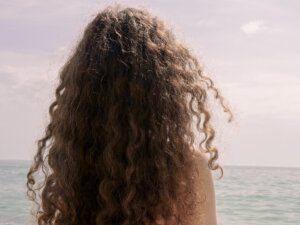 This is for all Curly Girls who go to the mikveh.
This is for all Curly Girls who go to the mikveh.
I have Type 3 hair which means that I have curly hair. I have loose ringlets that I’ve loved since I was 16. Letting my hair go naturally curly was the best beauty decision I ever made. But getting my hair ready for the mikveh might’ve been very challenging if I hadn’t known what to do. Curly hair is easy to manage once you know how, but combing it can be difficult without that know-how.
So for all my fellow curly girls out there…
Halachically, the hair has to be cleaned and combed out before immersion. But while we do have to use a cleansing agent, there’s no requirement to use any specific product. Remember that women have been observing Taharat HaMishpachah and going to the mikveh since long before shampoo was invented. We’re also not allowed to have conditioner in our hair when we immerse but there’s nothing wrong with using it to facilitate combing and then washing it out.
Here’s what I do for my hair for the mikveh.
I hold my head under the shower stream and let my hair hang behind me and let the water flow over it. I poke my fingers underneath my hair and lift it a little to let the water penetrate but I don’t comb my fingers through.
Once my hair is thoroughly wet, I take some sulfate-free cleanser onto my fingertips. I poke my fingers under my hair and scrub my scalp with the cleanser. Again, I don’t comb my fingers through it. And I don’t scrub my hair itself- that will rough it up and cause a load of tangling. Once my scalp is scrubbed all over, I hold my head under the shower stream to rinse. I poke my fingers again underneath my hair to let the water penetrate. As I rinse, the runoff cleans the rest of my hair.
(Note: Those of you who use shampoo with curly hair should know the benefits of using sulfate-free shampoo. Check the ingredients and avoid any shampoo with any ingredients ending in -ate. Sulfates are very strong detergents and they’re the primary culprit in dishpan hands so you need to avoid them – you don’t want to give yourself a dishpan scalp.)
Then I apply my usual thick conditioner and I comb it through very gently with my fingers. If necessary, I then comb it with a wide-tooth comb. Once my hair is combed, I leave the conditioner in my hair while I finish scrubbing down the rest of my body. Then I rinse my hair very carefully to get the conditioner out just like I rinsed out my cleanser- holding my head under the shower stream, letting the water run through my hair, poking my fingers to lift the hair and let the water penetrate. Since my hair is already combed and I’m not disturbing that, I don’t need to comb again after rinsing. If I try to comb my hair without conditioner, it will tear into pieces.
After I immerse in the mikveh, I go back into the shower either that same night or the next night and I rinse my hair very thoroughly (with the same technique I described above) to get rid of the chlorine. I have no complaints about the mikveh using chlorine – it’s important for hygiene and safety. But chlorine is bad for every hair type, and it really does a number on my curly hair, so I need it out of my hair as soon as possible. (Note: I do not use the shower in the mikveh preparation room. Chlorine is bad for my hair but it does leave it a little drier and I take advantage of that to get back to my home without sopping wet hair.) After I’ve rinsed, I apply conditioner, comb it through, come out of the shower, blot a little with a towel, apply gel or spray gel, and scrunch my curls. Done!
Naturally curly hair can look beautiful with the right care. And the right care is actually very easy and fast. For the mikveh, we just have to adjust a little. So don’t let it scare you.
NOTE: While once women were taught not to use conditioner at all, the common psak now is that conditioner that rinses out is fine before mikveh. In fact, in my experience, it enabled me to go into the water without knots, something I can’t imagine without using conditioner.
Meira E. Schneider-Atik is a wife, Ima, wardrobe stylist, personal shopper, and writer/blogger. She writes about clothing and style and about issues of women and Jewish law. Her heart is in Eretz Yisrael but for now, she lives with her family in Queens NY.



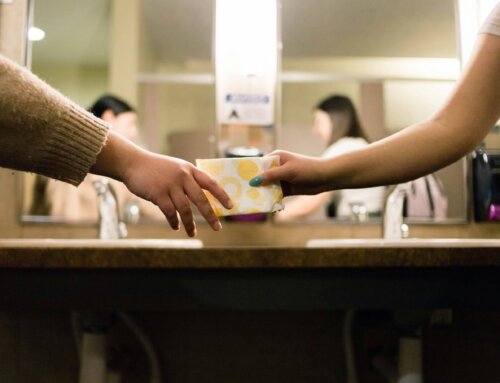
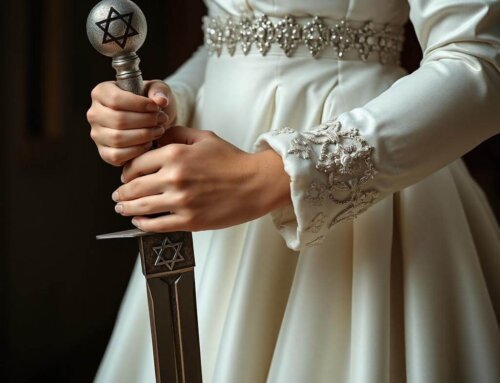
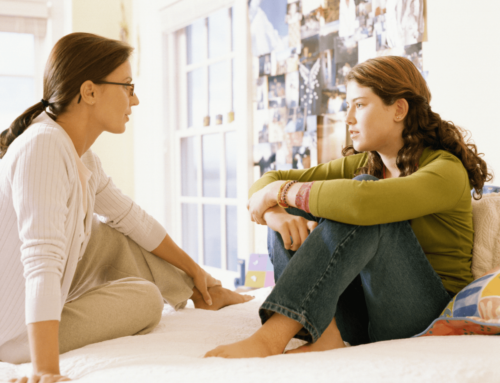
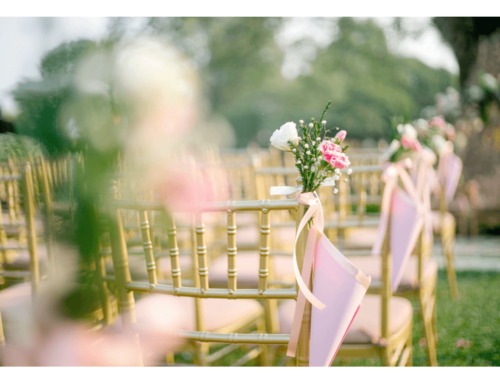
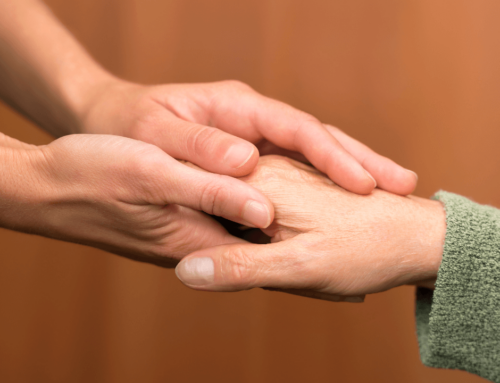
Leave A Comment